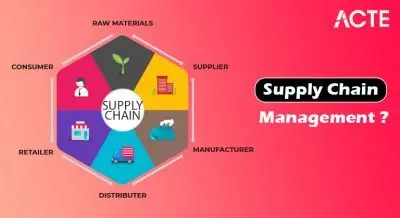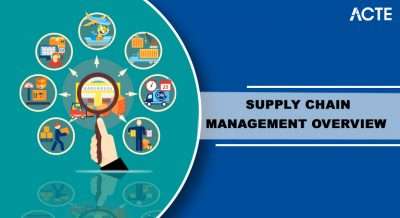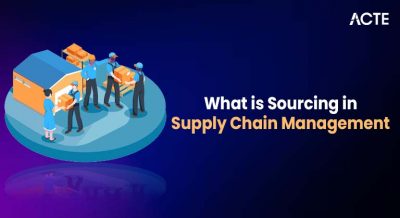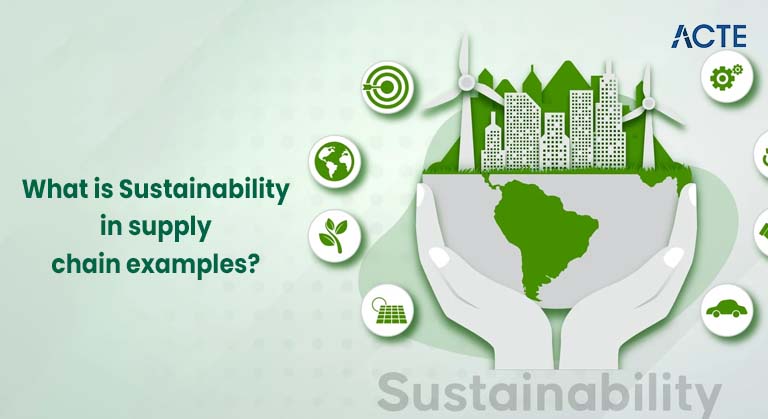
- Introduction to Sustainable Supply Chain
- Why Sustainability Matters in Supply Chains
- Core Principles of Sustainable Supply Chain Management
- Strategies for Building Sustainable Supply Chains
- Benefits of Sustainable Supply Chain Practices
- Challenges in Implementing Sustainable Supply Chains
- Real-World Examples of Sustainable Supply Chains
- Future Directions in Sustainable Supply Chain Management
- Conclusion
Introduction to Sustainable Supply Chain
A Sustainable Supply Chain is a supply chain that integrates environmental, social, and economic considerations into every stage of the supply process. It aims to meet current needs without compromising the ability of future generations to meet theirs. This holistic approach includes sourcing raw materials responsibly, Benefits of Sustainable Supply Chain, reducing carbon footprints, ensuring ethical labor practices, minimizing waste, and promoting transparency. As businesses face increasing pressure from consumers, digitalization , sustainability in supply chain examples, regulators, and investors to act responsibly, sustainable supply chains have become a crucial component of corporate strategy.
Are You Interested in Learning More About PMP? Sign Up For Our PMP Certification Training Today!
Why Sustainability Matters in Supply Chains
Supply chains account for a significant portion of a company’s environmental impact, Benefits of Sustainable Supply Chain, including greenhouse gas emissions, water consumption, and waste generation. Moreover, social issues like fair labor practices and community impact are critical factors in today’s global supply networks. Unsustainable supply chains can lead to resource depletion, legal penalties, reputational damage, manufacturing and operational risks. Embracing sustainability helps companies mitigate these risks, Digitalization, sustainability in supply chain examples, meet regulatory requirements, and align with global initiatives such as the United Nations Sustainable Development Goals (SDGs). Consumers increasingly prefer brands that demonstrate responsibility, making sustainability a competitive advantage.
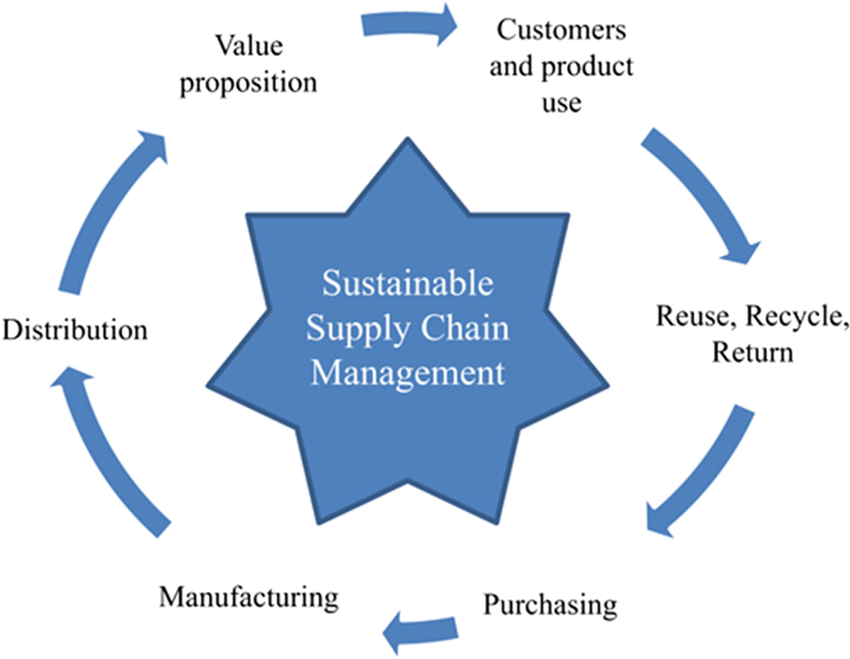
Core Principles of Sustainable Supply Chain Management
- Environmental Responsibility: Minimizing environmental impact through efficient resource use, pollution reduction, and conservation efforts.
- Social Equity: Ensuring fair labor practices, safe working conditions, and community engagement throughout the supply chain.
- Economic Viability: Balancing sustainability efforts with profitability to maintain long-term business success.
- Transparency and Accountability: Maintaining open communication and reporting on sustainability performance to stakeholders.
- Collaboration: Engaging suppliers, customers, and partners to promote shared sustainability goals.
Strategies for Building Sustainable Supply Chains
- Sustainable Sourcing: Selecting suppliers based on their environmental and social practices, favoring renewable or recycled materials.
- Green Manufacturing: Implementing energy-efficient production methods, reducing waste, and using cleaner technologies.
- Eco-friendly Logistics: Optimizing transportation routes, utilizing low-emission vehicles, and reducing packaging waste.
- Circular Economy: Designing products and processes that enable reuse, recycling, and remanufacturing to minimize waste.
- Supplier Engagement and Auditing: Working closely with suppliers to ensure compliance with sustainability standards through regular audits and capacity building.
- Life Cycle Assessment (LCA): Evaluating the environmental impact of products from cradle to grave to inform better decision-making.
- Cost Savings: Energy efficiency, waste reduction, and optimized logistics lead to lower operational costs.
- Risk Reduction: Proactively addressing environmental and social risks reduces the likelihood of disruptions, Digitalization , legal issues, and reputational damage.
- Enhanced Brand Image: Sustainability builds trust and loyalty among consumers, investors, and employees.
- Compliance with Regulations: Adhering to evolving environmental and social laws avoids penalties and market restrictions.
- Innovation and Market Differentiation: Sustainable supply chains foster innovation in products and processes, creating competitive advantages.
- Long-term Business Resilience: Sustainability promotes resource conservation and supply chain agility, supporting future growth.
- Complexity of Global Supply Networks: Managing diverse suppliers across different countries with varying standards can be difficult.
- Cost and Investment Requirements: Sustainable practices often require upfront investment in technology, training, and process redesign.
- Lack of Supplier Transparency: Limited visibility into supplier operations can hinder sustainability efforts.
- Data Collection and Measurement: Tracking and reporting sustainability metrics accurately is challenging but essential.
- Resistance to Change: Internal and external stakeholders may resist adopting new sustainable practices due to inertia or perceived costs.
- Balancing Trade-offs: Sometimes environmental investment, social, and economic goals can conflict, requiring careful management.
- Unilever: Unilever’s Sustainable Living Plan focuses on sourcing 100% of agricultural raw materials sustainably, reducing waste, and improving livelihoods across its supply chain.
- Patagonia: Patagonia integrates environmental responsibility by using recycled materials, fair labor practices, and encouraging product repair and reuse.
- IKEA: IKEA invests in sustainable forestry, renewable energy, and circular economy initiatives to minimize its environmental footprint.
- Walmart: Walmart’s Project Gigaton engages suppliers to reduce emissions and improve energy efficiency across its supply network.
- Tesla: Tesla’s focus on sustainable sourcing of minerals and renewable energy in production exemplifies a commitment to sustainability in supply chain examples in the automotive supply chain.
- Digitalization and Transparency: Technologies like blockchain and IoT will enhance traceability and accountability in supply chains.
- Increased Regulatory Pressure: Governments worldwide will continue tightening environmental and social compliance requirements.
- Circular Supply Chains: The shift from linear to circular models will become mainstream, emphasizing reuse and resource efficiency.
- Collaborative Ecosystems: Companies will form partnerships and coalitions to tackle sustainability challenges collectively.
- Sustainability-Linked Financing: Financial incentives tied to sustainability performance will grow, encouraging deeper integration of sustainability into supply chains.
- Focus on Social Sustainability: Greater emphasis will be placed on human rights, diversity, and community impact alongside environmental goals.
To Explore PMP in Depth, Check Out Our Comprehensive PMP Certification Training To Gain Insights From Our Experts!
Benefits of Sustainable Supply Chain Practices
Challenges in Implementing Sustainable Supply Chains
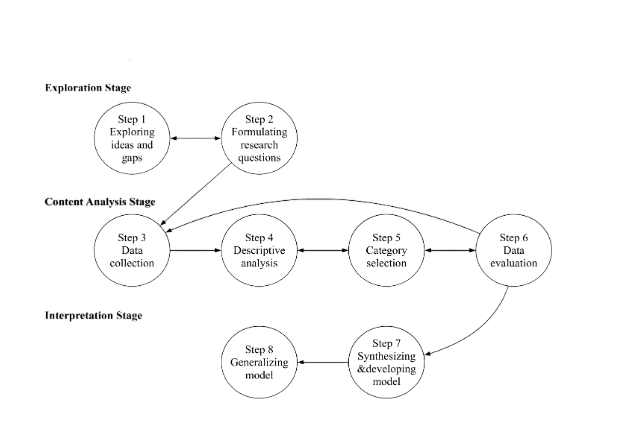
Want to Pursue a PMP Master’s Degree? Enroll For PMP Master Program Training Course Today!
Real-World Examples of Sustainable Supply Chains
Future Directions in Sustainable Supply Chain Management
Preparing for a PMP Job Interview? Check Out Our Blog on PMP Interview Questions and Answers
Conclusion
Sustainable supply chains represent the future of responsible business. By embedding environmental stewardship, sustainability in supply chain examples, Benefits of Manufacturing, Sustainable Supply Chain, Innovation , social responsibility, and economic viability into supply chain operations, companies can create value that benefits stakeholders and the planet alike. While challenges remain, Digitalization, the combination of strategic commitment, innovative technologies, and collaborative partnerships can drive the transformation towards truly sustainable supply chain Management investment. This shift not only safeguards natural resources and communities but also ensures resilient and profitable businesses for years to come.

